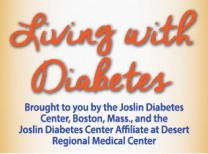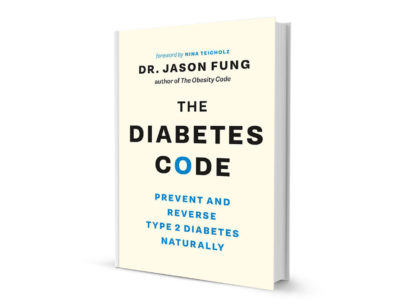Thirty four million Americans, about 10% of the U.S. population, have diabetes.
Diabetics are at risk for a number of complications from the disease including neuropathy (nerve damage) which affects approximately 60% of diabetics, nephropathy (kidney damage) affecting 50%, retinopathy (eye damage) impacting 26% and cardiovascular disease which affects 11% of people with diabetes. Blood vessel disease can further lead to stroke, diabetic foot ulcers and lower extremity amputation.
Neuropathy leads to sensory changes particularly involving the nerves of the lower extremities. Minor symptoms such as cold feet can progress to numbness and tingling, which can make it difficult to walk. Lack of feeling in the feet can lead to infections from cuts and ulcers which may go unnoticed and untreated and may lead to minor amputation. While “minor” seems innocuous, it carries a 50% mortality in five years.
Tingling from neuropathy may progress to a burning pain which can lead to the inability to walk and painful sensations even with light touch. Bed sheets may be painful when touching the skin making it difficult to sleep.
Conventional medical treatments include anti-seizure medications which appear to interfere with the overactive transmission of pain signals sent from damaged nerves, and antidepressants which may increase neurotransmitters in the spinal cord that reduce pain signals. However, antidepressants take time to work and pain relief is typically only moderate. Pain relieving narcotics have limited effectiveness and can lead to addiction, so they are not recommended.
Gabapentin is a common anti-seizure medication prescribed for neuropathy, however, almost 75% of patients taking the drug discontinue use due to intolerable side effects or lack of efficacy within one year.
Spinal cord stimulation is a neuromodulation solution that interrupts pain signals between the spinal cord and the brain. It uses small electrical currents to block the painful perception. Prior to consideration of an implant, a trial period of approximately one week is performed to ensure adequate pain relief. If the patient gets 50% or more relief, then a generator and permanent wires may be implanted much like a pacemaker. This technology has been shown to be up to 86% effective, may reverse much of the numbness and most often eliminates the burning pain.
As always, the best prescription is prevention by managing blood sugar levels and weight through healthy lifestyle choices.
Dr. Roland Reinhart is double board certified in pain management and can be reached at his office in Palm Desert at (760) 341.2360. For more info visit www.reinhartmd.com.














































Comments (0)